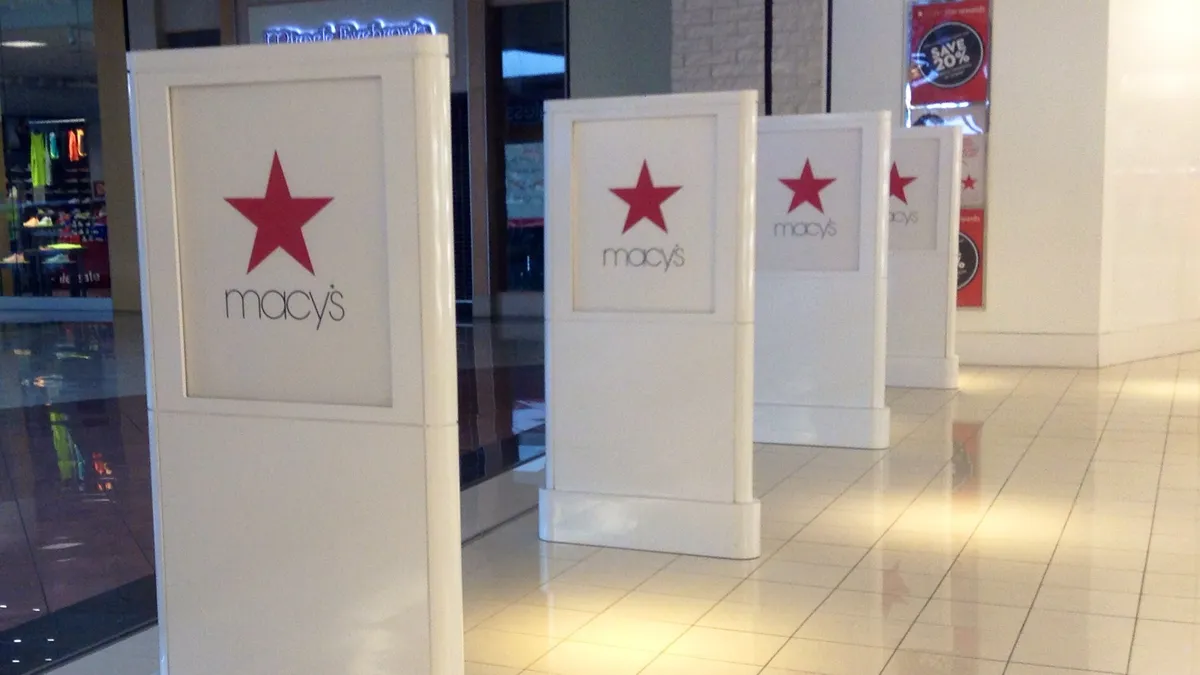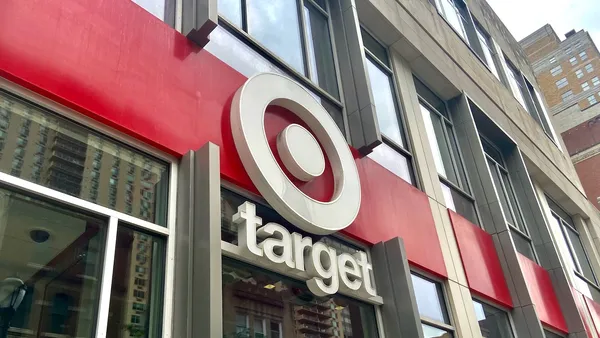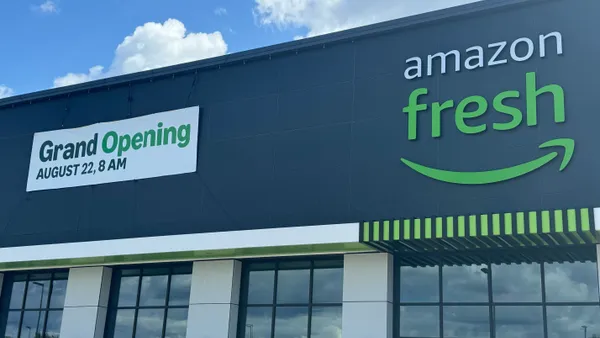Dive Brief:
-
Klarna, an alternative payment platform, announced Monday that Asos shoppers in the United States will now be able to use its services, according to a press release. The announcement comes after Klarna also publicized its partnership with Toms on Thursday.
-
Asos U.S. shoppers can pay for purchases in four biweekly installments with no interest or fees, the company said in its press release. Toms shoppers now have the option to pay in four installments or within 30 days with no interest or fees, per the company's press release.
-
The U.S. partnerships with Asos and Toms adds two more retailers to Klarna's roster, which already includes brands like Nike, Sephora, Adidas and Ikea.
Dive Insight:
The U.S. Asos and Toms partnerships are among the latest collaborations that Klarna has engaged in recently. The alternative payment platform also teamed up with Rue21 and H&M to enhance their payments offerings, with the latter having invested $20 million in the payment platform last October. Meanwhile, other brands and retailers like Walmart, Levi's and Ray-Ban have also enlisted payments competitors such as Affirm and Afterpay to simplify their installment payments offerings.
The move also comes after the company announced in May that its app would allow users to pay down purchases at any retailer in four installments along with other features and content. Although Klarna has a network of partners, opening its services to all merchants was a way to include those that already have competitor alternative payment programs.
In its Toms press release, the company said that the payments platform's options reduce cart abandonment and increase repeat purchases. Ensuring a seamless online shopping experience has continued to be top of mind for retailers, because research has shown that complex online checkouts lead to consumers abandoning their shopping carts.
Klarna noted in its press release that the U.K. partnership with Asos has gone well, so this latest move looks like an attempt to replicate the success in the states. The company, which noted stats on Millennial and Gen Z payment patterns, appears to be setting its sights on shoppers in those demographics who may be more cautious with credit cards than previous generations.














